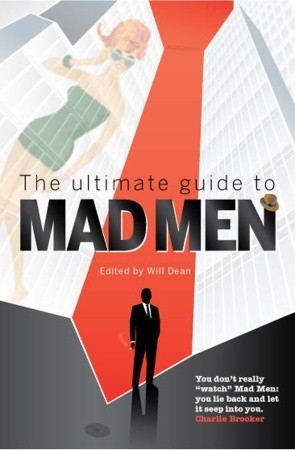As advertising people, we spend much of our time trying to create images that become icons of the era and language that becomes the argot of the age. (Or at least, some of us do). We mine the culture for indicators, trends, signposts, we dig into mounds of research to uncover insights no one else has discovered – insights that will yield some seed that will blossom tomorrow and bloom everlastingly. A “Think Small” a “Just Do It”, even a “Leggo my Eggo”. Anyone who’s been doing this a while knows that to be consistently successful takes inordinate skill, and probably a substantial measure of pure dumb luck. One would imagine that Sloan Wilson, author of The Man in the Grey Flannel Suit would agree.
Published in 1955, The Man in the Gray Flannel Suit was, after poor initial reviews, a huge success and made into a highly popular movie the following year starring Hollywood A-Listers Gregory Peck, Jennifer Jones and Frederic March. The phrase itself became a part of the vernacular almost immediately. Wilson mentions in an Afterword (which accompanied the reissue of the book in 1983) hearing Art Carney say it to Jackie Gleason during a Honeymooners episode, that Nelson Algren used it disparagingly, and that it was a staple of Mad Magazine.
And it lives on. There’s a 1983 episode of Webster called “The Man in the Red Flannel Suit”, a Disney movie from 1968 called The Horse in the Grey Flannel Suit and a 2013 episode of Conan called “The Man in the Gray Flannel Snuggie”. And it goes on.
But why?
On the one hand, it cannot be denied that one of the book’s strengths – and indeed probably why it was so quickly adopted by popular culture – was that it created a handy term for something that was confusing the populace. A shorthand to describe these men who came back from the war and, as the main character’s wife says “haven’t really wanted much. [They have] worked hard, but at heart [they have] never really been trying.” Of course, meanings change over time, and we’re not implying that Conan O’Brien was concerned with the existential angst of infomercial customers. But writers from Orwell to Chatwin have written about the lasting power of naming, and no one who plies her trade in advertising should be surprised by it.
That said, however, the book is really quite interesting. A story that’s a strange conglomeration of the absurdity of Kafka with the corporate hero-worship of Ayn Rand, flavored with rhythms of Fitzgerald and some generational touches reminiscent of Wilson’s contemporary John Cheever’s early work.
It’s insightful, addressing the struggles of World War II veterans with issues that, while not called PTSD, will be instantly recognizable to many who have served in Iraq and Afghanistan. The will to forget (“They ought to begin wars with a course in basic training and end them with a course in basic forgetting”), the struggle to be happy (“There seems to be something hanging over us, something that makes it hard to be happy.”), and the determination to keep it all together for the sake of family, community and nation:
No, Tom thought, I mustn’t go on like this… The past is something best forgotten; only in theory is it the father of the present. In practice, it is only a wildly unrelated dream, a chamber of horrors. The past is gone, Tom thought, and I will not brood about it. I’ve got to be tough. I am not the type to have a nervous breakdown. I can’t afford it I have too many responsibilities. This is a time of peace, and I will forget about the war.
But the struggle with the war isn’t the only thing at play here. As Wilson himself points out in the Afterword, he always felt that this was a book about young people for young people. And he’s right. Corporate Soul-Crushing, Post-War Boom and World War II Nightmares aside, The Man in the Gray Flannel Suit describes, better than many other books by more acclaimed authors, the anxiety of the intense pull in opposing directions that people find themselves experiencing at this point in their lives. The pull of their youth and their memories against the pull of the future they feel themselves hurtling towards. And this struggle – and its anxiety – is true whether we call those young people Millennials or Baby Boomers or just “those damn kids in my yard”. Take a look at Henig and Henig’s TwentySomething if you’re in doubt.
And that’s why it’s still valuable today. Because it reminds us that while the details may change with each passing year, decade and generation, the broad strokes are often the same. And we would be wise to keep that in mind.
The Man in the Gray Flannel Suit by Sloan Wilson was published originally in 1955 and reissued by Da Capo 03/17/2009 – order it from Amazon here, or Barnes & Noble here – or pick it up at your local bookseller (find one here).
Please be advised that The Agency Review is an Amazon Associate and as such earns a commission from qualifying purchases
You May Also Want to Read:


e

